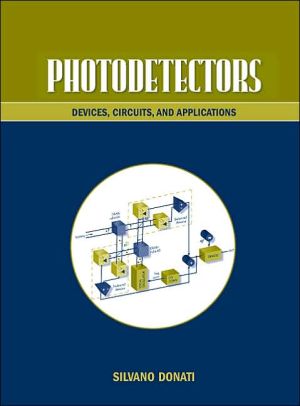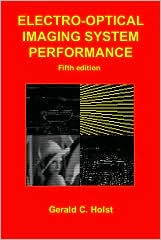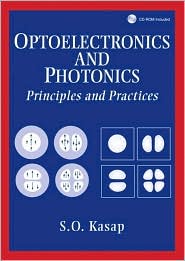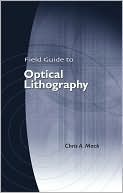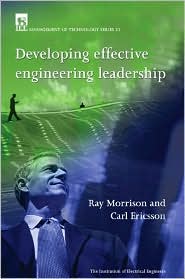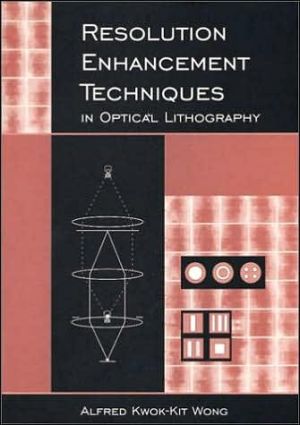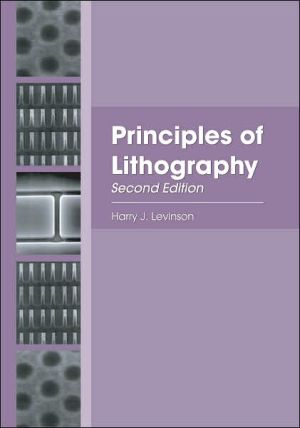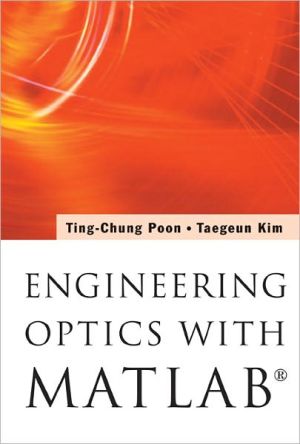Introduction to Biomedical Optics
Many universities now offer a course in biomedical optics, but lack a textbook specifically addressing the topic. Intended to fill this gap, An Introduction to Biomedical Optics is the first comprehensive, introductory text describing both diagnostic and therapeutic optical methods in medicine. It provides the fundamental background needed for graduate students in biomedical and electrical engineering, physics, biology, and medicine to learn about several biomedical optics issues.\ The...
Search in google:
Many universities now offer a course in biomedical optics, but lack a textbook specifically addressing the topic. Intended to fill this gap, An Introduction to Biomedical Optics is the first comprehensive, introductory text describing both diagnostic and therapeutic optical methods in medicine. It provides the fundamental background needed for graduate students in biomedical and electrical engineering, physics, biology, and medicine to learn about several biomedical optics issues.The textbook is divided into three main sections: general optics theory, therapeutic applications of light, and diagnostic optical methods. Each chapter has different levels of detail to build students' knowledge from one level to the next. The first section covers the history of optics theory and the basic science behind light-tissue interactions. It also introduces the relevant approaches and approximations used to describe light propagation in turbid biological media. In the second section, the authors look more closely at light-tissue interactions and their applications in different medical areas, such as wound healing and tissue welding. The final section examines the various diagnostic methods that are employed using optical techniques. Throughout the text, the authors employ numerical examples of clinical and research requirements. Fulfilling the need for a concise biomedical optics textbook, An Introduction to Biomedical Optics addresses the theory and applications of this growing field.
GENERAL BIOMEDICAL OPTICS THEORY Introduction to the Use of Light for Diagnostic and Therapeutic Modalities What Is Biomedical Optics?Biomedical Optics Timeline Elementary Optical Discoveries Historical Events in Therapeutic and Diagnostic Use of Light Light Sources Current State of the Art Summary Additional Reading Problems Review of Optical Principles: Fundamental Electromagnetic Theory and Description of Light Sources Definitions in Optics Kirchhoff's Laws of Radiation Electromagnetic Wave Theory Light Sources Applications of Various Lasers Summary Additional Reading Problems Review of Optical Principles: Classical Optics Geometrical Optics Other Optical Principles Quantum Physics Gaussian Optics Summary Additional Reading Problems Review of Optical Interaction Properties Absorption and Scattering Summary Additional Reading Problems Light-Tissue Interaction Variables Laser Variables Tissue Variables Light Transportation Theory Light Propagation under Dominant Absorption Summary Nomenclature Additional Reading ProblemsLight-Tissue Interaction Theory Approximations of the Equation of Radiative Transport Summary Additional Reading Problems Numerical and Deterministic Methods in Light-Tissue Interaction Theory Numerical Method to Solve the Equation of Radiative Transport Measurement of Optical Parameters Temperature Effects of Light-Tissue Interaction Summary Additional Reading ProblemsLight-Tissue Interaction Mechanisms and Applications: Photophysical Range of Photophysical Mechanisms Photoablation Photoacoustics Birefringence Effects Polarization Effects Optical Activity Evanescent Wave Interaction in Biomedical Optics Phase Interference Effects Spectroscopy Endoscopy Summary Additional Reading Problems Light-Tissue Interaction Mechanisms and Applications: Photochemical Basic Photochemical Principles Photochemical Effects Summary Additional Reading Problems Light-Tissue Interaction Mechanisms and Applications: Photobiological Photobiological Biostimulation Photobiological Effects Excitation of Chromophores Optic Nerve-Cell Depolarization under the Influence of Light (Vision)Summary Additional Reading Problems THERAPEUTIC APPLICATIONS OF LIGHT Therapeutic Applications of Light: Photophysical Delivery Considerations Pulsed Laser Use in Cardiology Dentistry and Oral Surgery Ophthalmology Optical Tweezers Summary Additional Reading Problems Therapeutic Applications of Light: Photochemical Vascular Welding Cosmetic Surgery Oncology Summary Additional Reading Problems Therapeutic Applications of Light: Photobiological Cardiology & Cardiovascular Surgery Soft tissue Treatment Dermatology Fetal Surgery Gastroenterology General Surgery Gynecology Neurosurgery Ophthalmology Pulmonology & Otorhinolaryngology Otolaryngology, Ear-Nose, and Throat (ENT) and Maxillofacial Surgery Podiatry Urology Summary Additional Reading Problems DIAGNOSTIC APPLICATIONS OF LIGHT Diagnostic Methods Using Light: Photophysical Optical Microscopy Various Microscopic Techniques Near-Field Scanning Optical Microscope Spectroscopy Holographic Imaging Polarization Imaging Transillumination Imaging Optical Coherence Tomography Ballistic Photon Imaging Reflectometry Evanescent Wave Imaging Applications Medical Thermography Photoacoustic Imaging Tera Hertz Imaging Summary Additional Reading Problems Diagnostic Methods Using Light: Photochemical Fluorescence Imaging Ratio Fluorescence Microscopy Raman Spectroscopy with NSOM Employed Optical "Tongue" Summary Additional Reading Problems Diagnostic Methods Using Light: Photobiological Immuno Staining ("Functional Imaging") Immunofluorescence Diagnostic Applications of Spectroscopy Fiberoptic Sensors Optical Coherence Tomography in Dentistry Optical Biopsy Determination of Blood Oxygenation Electroluminescent Electro-Physiologic Mapping Quantum Dots as Biological Fluorescent Markers Compilation of the Optical Requirements for Wavelength Selection Based on the Desired Effects Summary Additional Reading Problems

